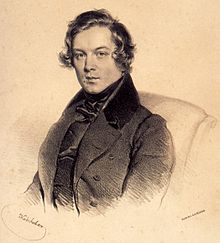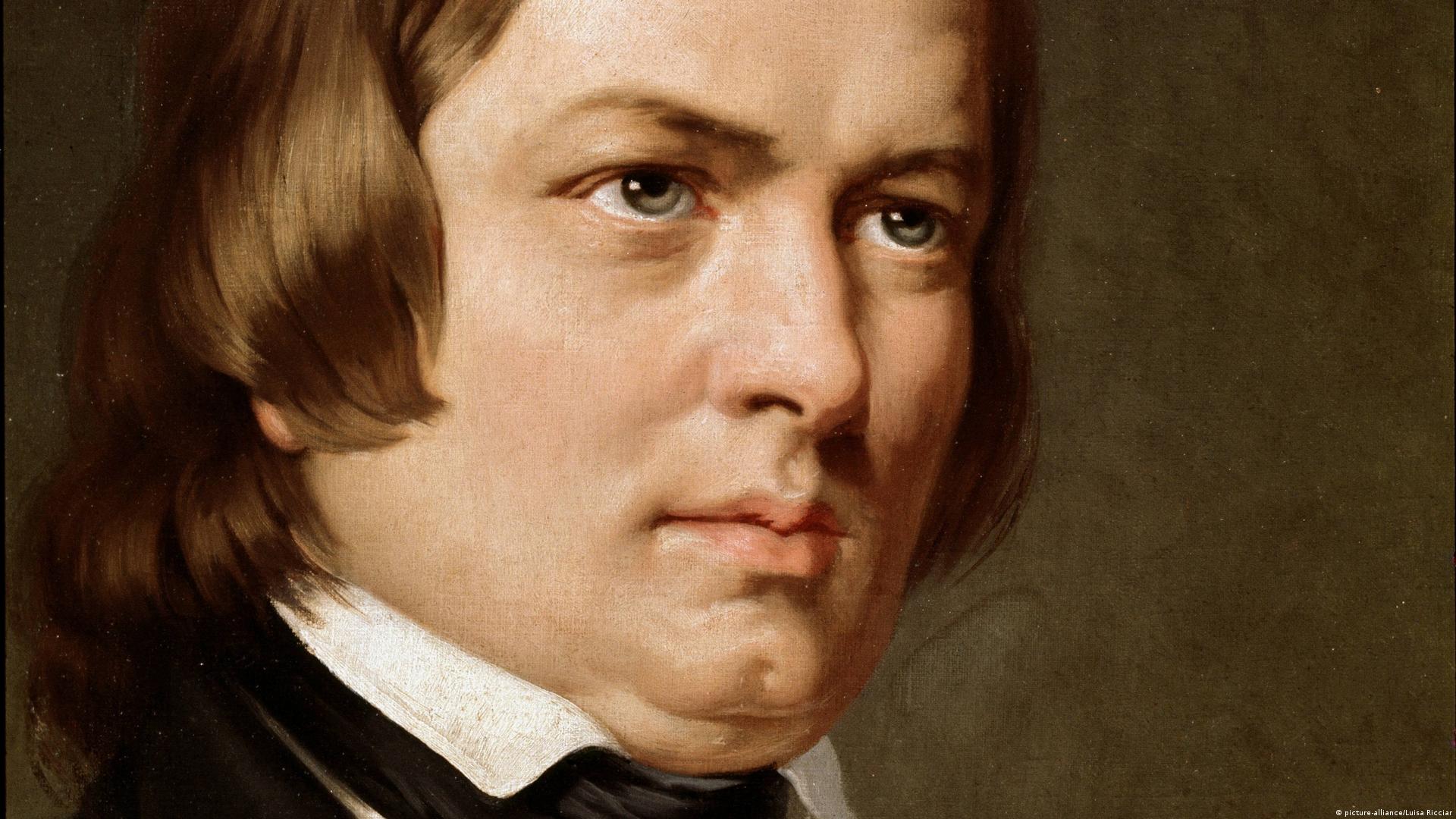The History of Symphony No. 3 in E-flat Major by Robert Schumann
Robert Schumann’s Symphony No. 3 in E-flat Major, Op. 97, commonly referred to as the “Rhenish” Symphony, is one of the most compelling works of the Romantic orchestral repertoire. Composed in the final years of Schumann’s creative life, this symphony reflects not only his mature style but also his deep connection to the landscapes, culture, and spiritual atmosphere of the Rhineland.
Inspiration from the Rhine
In 1850, Schumann moved with his family to Düsseldorf, where he had been appointed as municipal music director. The move to the Rhine region proved invigorating. The Schumanns explored the picturesque surroundings and absorbed the rich cultural and historical ambiance of the area. It was during an inspiring trip to Cologne, including a visit to the city’s majestic Gothic cathedral, that the seeds of the symphony were planted.
Deeply moved by the solemnity of a ceremony he witnessed at the cathedral, Schumann sought to capture the grandeur and spirituality of the Rhineland in musical form. The symphony, composed later that year, became a musical homage to the river, the region’s spirit, and the cultural landscape that so deeply affected him.
Composition and Structure
Completed in late 1850, the Rhenish Symphony was Schumann’s last completed symphony, although it is numbered third due to publication order. He composed it rapidly, within about a month, and conducted the premiere on February 6, 1851 in Düsseldorf.
The symphony is structured in five movements rather than the conventional four, which reflects Schumann’s desire to break from classical tradition and explore new narrative possibilities in symphonic form:
- Lebhaft (Lively) – The first movement bursts with energy and confidence, its bold E-flat major theme evoking a sense of journey and triumph.
- Scherzo: Sehr mäßig (Very moderate) – Often associated with the gentle flow of the Rhine, this movement has a lilting rhythm reminiscent of a folk dance.
- Nicht schnell (Not fast) – A lyrical interlude, this movement provides a moment of introspection and grace.
- Feierlich (Solemn) – Inspired by the Cologne Cathedral and its ceremonial atmosphere, this movement is the emotional and spiritual heart of the work. The rich brass chorales evoke religious grandeur.
- Lebhaft (Lively) – The finale returns to the joyful and celebratory tone of the first movement, bringing the symphony to a triumphant close.
A Reflection of Schumann’s Inner World
Schumann’s Symphony No. 3 reflects his increasing interest in programmatic elements—music that tells a story or paints a scene—though he left the symphony free of any explicit narrative titles. Instead, the movements convey their moods and meanings through orchestral color, rhythm, and thematic development.
The Rhenish is also notable for its innovative orchestration. Schumann uses a large brass section to majestic effect, particularly in the fourth movement, which includes a trombone chorale that stands out as one of the symphony’s most awe-inspiring moments.
Reception and Legacy
The Rhenish Symphony was well received at its premiere and has remained one of Schumann’s most beloved orchestral works. Its blend of personal expression, regional tribute, and Romantic lyricism has continued to captivate audiences for generations.
Though Schumann’s later years were marked by mental health struggles, the Rhenish Symphony represents a moment of clarity and strength. It serves as a testament to his genius as a symphonist and his ability to transform landscape into music—turning the essence of the Rhine into an enduring artistic monument.


Comments are closed